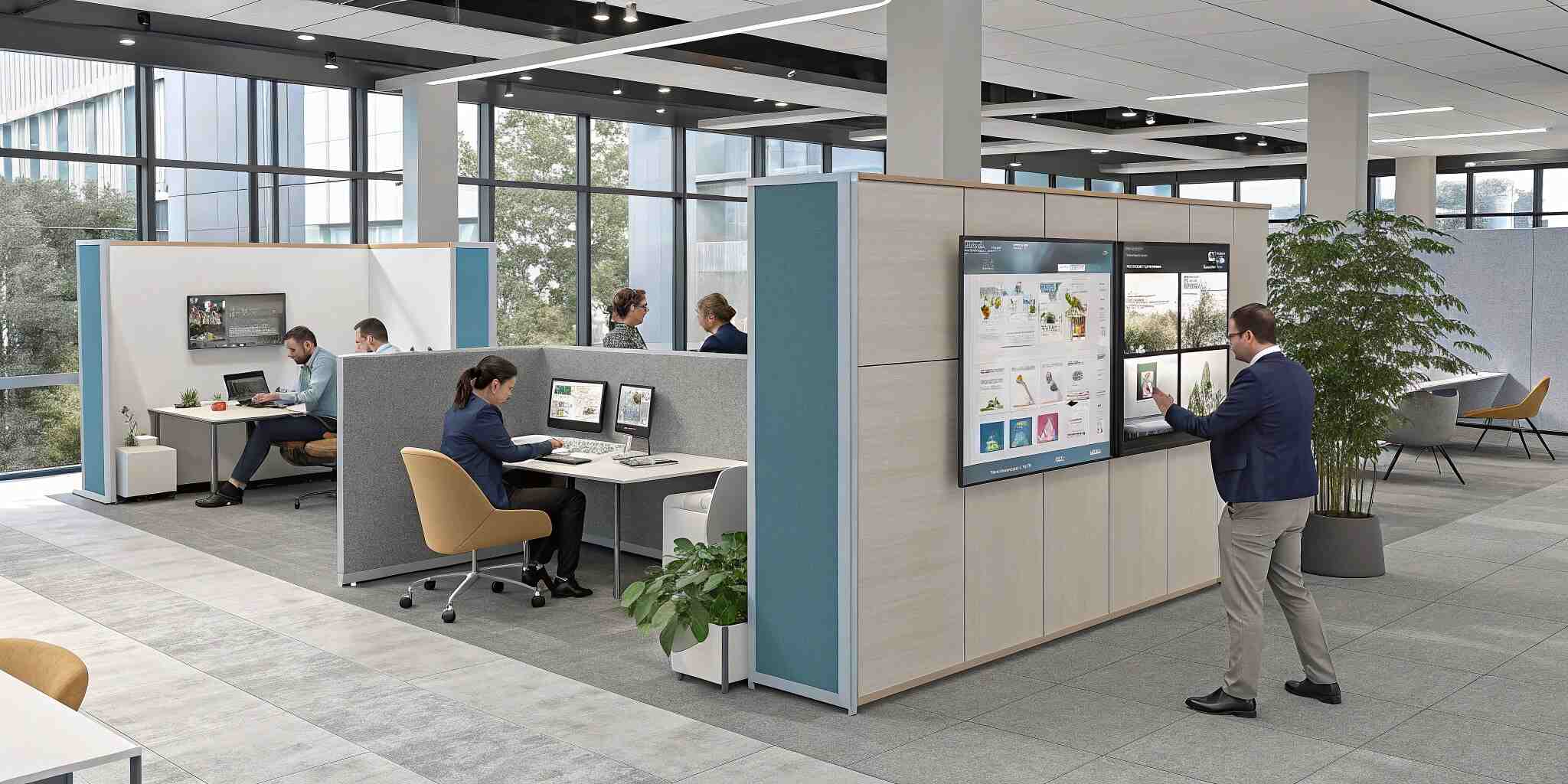The global shift toward hybrid work has transformed how organizations manage IT projects. As teams blend in-office collaboration with remote flexibility, traditional project management approaches often fall short. The hybrid environment introduces new challenges—ranging from communication gaps to technological dependencies—but it also offers unmatched flexibility and access to global talent. For IT leaders, mastering the art of managing projects in this hybrid setup is essential to maintaining productivity, alignment, and innovation.
The Rise of Hybrid Project Management
Before 2020, IT project management largely revolved around co-located teams. Project managers could hold in-person stand-ups, review progress on whiteboards, and solve issues on the spot. However, the pandemic accelerated digital transformation, forcing organizations to adopt hybrid or fully remote work models.
In 2025, hybrid project management is no longer a temporary solution—it’s the new norm. Teams now operate across time zones, leveraging digital platforms like Jira, Trello, Asana, and Microsoft Teams to stay connected. This change has led to the rise of hybrid project management methodologies that blend traditional and agile approaches to maintain efficiency and collaboration.
Challenges in Managing IT Projects in a Hybrid Environment
While hybrid work offers flexibility and better work-life balance, it introduces complexities that IT managers must address:
- Communication Barriers: Misalignment can easily occur when teams work from different locations. Without structured communication, updates get lost and accountability weakens.
- Tool Overload: Too many platforms for collaboration, tracking, and reporting can overwhelm teams rather than simplify processes.
- Cultural Divide: Remote employees may feel excluded from spontaneous in-office discussions or decision-making processes.
- Security Risks: Managing IT infrastructure across remote devices increases data protection concerns.
- Tracking Productivity: Monitoring progress and ensuring deliverables without micromanagement remains a delicate balance.
Recognizing these challenges allows leaders to develop hybrid project management frameworks that maintain cohesion and trust among team members.
Best Practices for Managing Hybrid IT Projects
To ensure success in a hybrid environment, IT leaders need a strategic approach that focuses on collaboration, transparency, and adaptability. Here are key practices to implement:
1. Adopt the Right Project Management Framework
Agile methodologies like Scrum or Kanban are highly effective in hybrid environments. They promote flexibility, continuous feedback, and collaboration through iterative development. Pairing Agile with project tracking tools ensures that tasks remain visible and progress is measurable.
2. Leverage Cloud-Based Collaboration Tools
Tools such as Microsoft Teams, Slack, Jira, Trello, and Confluence help teams communicate, track tasks, and store documents in one accessible place. Centralized platforms reduce confusion and foster seamless communication between in-office and remote members.
3. Prioritize Clear Communication
Schedule regular virtual check-ins and ensure equal participation in discussions. Use video calls for brainstorming sessions to replicate face-to-face engagement. Implement communication policies that define how and when updates are shared.
4. Create a Transparent Workflow
Transparency builds accountability. Dashboards, shared progress trackers, and documentation repositories allow everyone to understand project goals, milestones, and responsibilities. This also helps remote employees stay equally informed.
5. Strengthen Cybersecurity Measures
IT projects often involve sensitive data. Hybrid work increases exposure to security risks due to distributed networks. Deploy strong endpoint protection, enforce multi-factor authentication, and train employees on cybersecurity best practices.
6. Foster a Unified Team Culture
Encourage collaboration through hybrid-friendly team-building activities. Recognize achievements publicly, both in-person and online, to make all employees feel valued. A sense of inclusion directly impacts productivity and morale.
7. Focus on Outcome-Based Performance
Instead of measuring activity, assess performance based on deliverables and outcomes. Use analytics and automated reporting to track key performance indicators (KPIs) objectively, avoiding micromanagement.
Technology’s Role in Enabling Hybrid Project Success
Modern IT project management relies heavily on digital tools that bridge physical gaps. AI-powered platforms can now automate scheduling, monitor workloads, and predict potential bottlenecks. Cloud-based systems provide secure, real-time access to files and communication, ensuring that everyone is aligned despite working from different locations.
Moreover, integrating DevOps practices enhances collaboration between development and operations teams—critical for hybrid environments where automation and fast delivery cycles are key.
Virtual reality (VR) and augmented reality (AR) tools are also gaining traction for hybrid collaboration, offering immersive meetings and training sessions that reduce the disconnect between remote and office-based teams.
Leadership in the Hybrid Era
Effective leadership remains at the heart of hybrid project success. IT project managers must cultivate empathy, flexibility, and digital fluency. They should encourage autonomy while ensuring accountability. Establishing trust among dispersed teams requires transparency and consistent communication.
Leaders who embrace technology, promote inclusivity, and set clear expectations will drive projects forward even in complex hybrid setups.
Conclusion
Managing IT projects in a hybrid environment is both an art and a science. The right mix of technology, methodology, and leadership ensures that hybrid teams remain cohesive, productive, and innovative.
By fostering communication, leveraging agile practices, and investing in the right tools, organizations can transform hybrid challenges into opportunities—delivering successful IT projects that thrive in the digital era.


